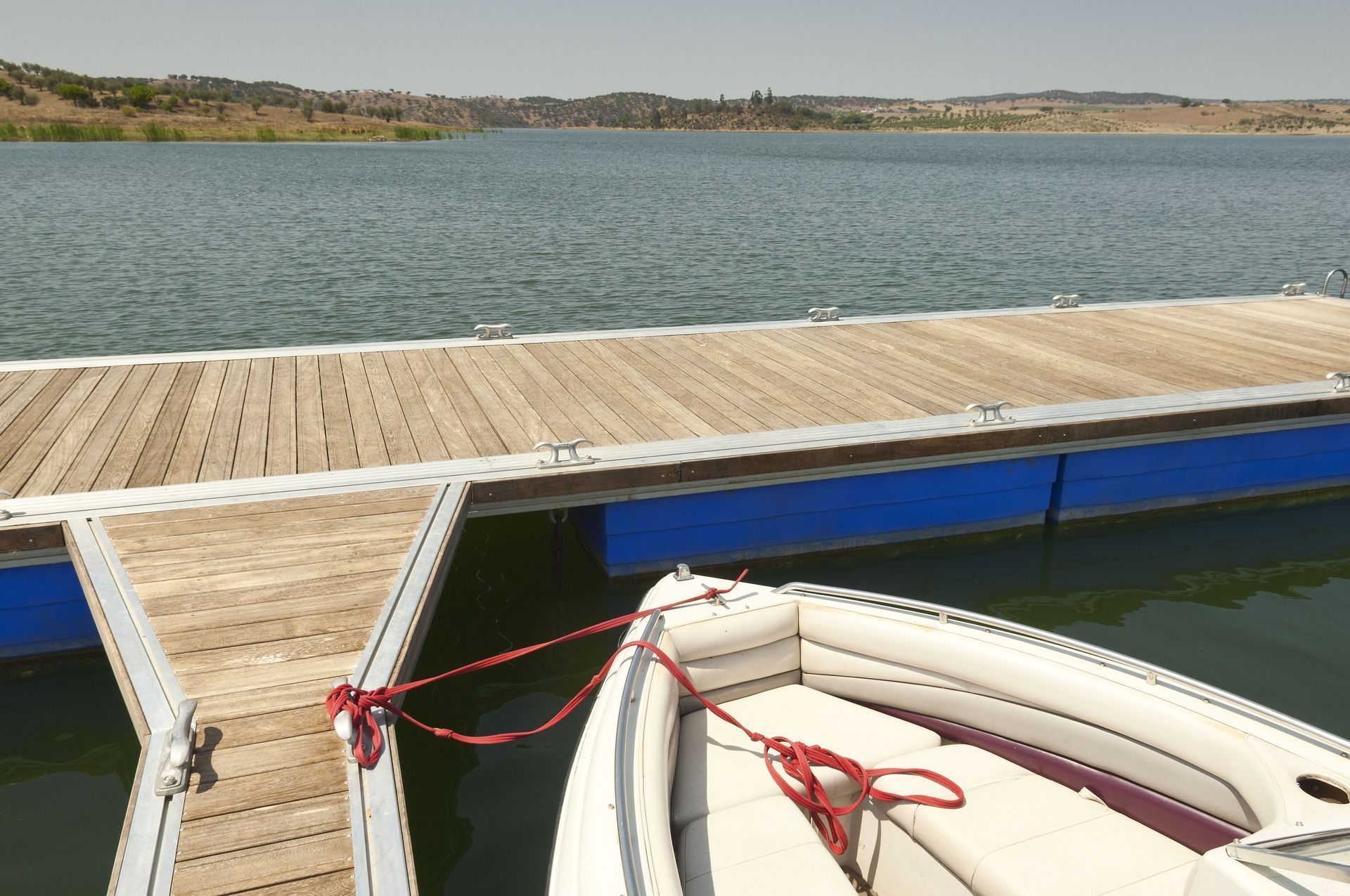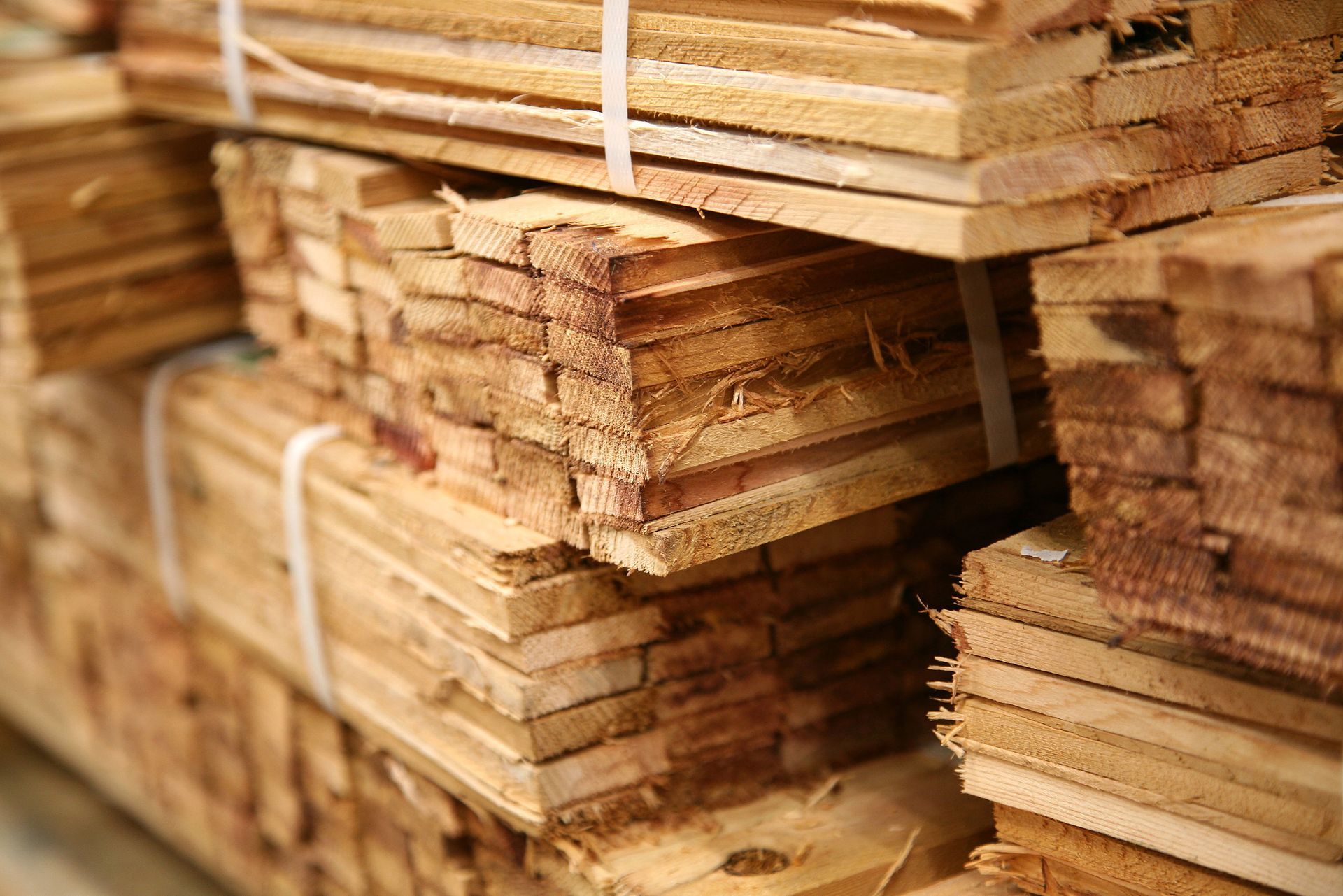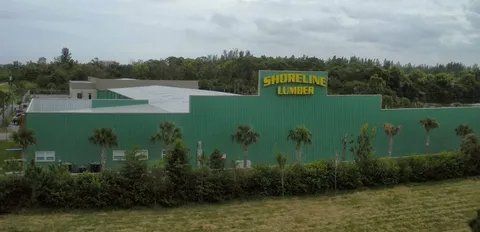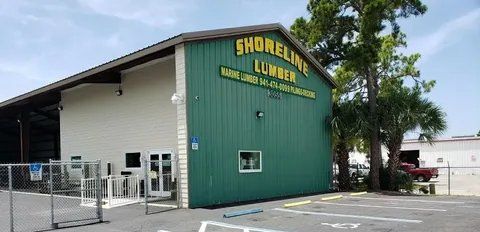5 Things to Consider When Choosing Lumber Materials
When starting any construction or renovation project, choosing the right lumber materials is one of the most important decisions you can make. The type, quality, and treatment of the wood you select will influence the durability, appearance, and performance of your structure. Whether you're building a new deck, renovating a room, or framing a new addition, understanding the wide variety of lumber materials available helps ensure long-lasting results and cost-effective choices. Below are several key factors to guide your lumber selection process and ensure your project gets off on the right foot.
1. Understand the Type of Project
Before buying lumber materials, you need to clearly define what you're building. Is it a structural framework, outdoor furniture, cabinetry, or flooring? Each of these applications calls for a different kind of lumber. Softwoods like pine or spruce are frequently used for framing because they are lightweight and easier to work with. Meanwhile, hardwoods such as oak, maple, or mahogany are perfect for furniture and high-traffic flooring due to their durability and fine finish.
In specialized projects, like marine applications or high-humidity environments, you'll want lumber that can withstand extreme conditions. Matching your lumber to your specific use case is essential for optimal results and long-term performance. Keep in mind that no single wood fits all purposes—versatility in lumber comes with knowing when and where to use each type effectively.
2. Prioritize Moisture Resistance
Moisture is one of the most significant threats to the longevity of lumber materials. If your project is outdoors, near water, or in a humid climate, you need wood that can handle the elements. Marine-grade plywood is one of the top choices for such applications. According to The Spruce, marine-grade plywood can last 15 to 25 years, making it an excellent long-term investment for wet environments.
When selecting lumber, look for treated options or naturally moisture-resistant species like cedar or redwood. These woods are better equipped to fight off rot, warping, and mold growth. In high-moisture areas, using untreated or incorrectly chosen lumber can lead to structural failures, aesthetic damage, and expensive repairs.
3. Factor in Aesthetic Appeal
Beyond function, the appearance of your lumber materials plays a huge role—especially in visible areas. Whether you're building exposed beams, interior paneling, cabinetry, or flooring, aesthetics can make or break the final look. Wood grain, color, and texture vary widely across species and cuts.
Hardwoods like cherry, walnut, and birch are favored for their deep hues and fine, elegant grains. If your project emphasizes design, you'll want to choose woods that complement your space and offer natural beauty. On the other hand, softwoods can be stained or painted to achieve various looks at a more affordable price point.
4. Stay Within Budget Constraints
Every project has financial boundaries, and understanding how lumber materials affect your budget is crucial. Hardwoods generally come with a higher price tag, while softwoods and engineered woods like plywood or MDF offer more budget-friendly options without necessarily compromising on quality.
If you're managing a tight budget, opt for structural woods in areas that won't be visible and splurge a bit more on aesthetic pieces where appearance matters. You can also consider a mix of reclaimed wood or engineered products, which are cost-effective and often environmentally friendly.
5. Reduce Environmental Impact
Today, more than ever, homeowners and builders are factoring sustainability into their material choices. Fortunately, there are many eco-conscious lumber materials available. Reclaimed wood is an excellent option, providing not only a rustic, aged appearance but also reducing the demand for new timber. Engineered woods, when sourced responsibly, also help in utilizing wood waste efficiently. These alternatives support a greener planet and often give your project a unique, story-rich character.
Using sustainable lumber materials benefits not just your current project but the environment as a whole. Thoughtful sourcing helps preserve forests and promotes ethical industry practices that future generations can rely on.
Choosing the right lumber materials is about more than just picking up a few boards at the hardware store—it's about evaluating your project from every angle. Consider what you're building, how exposed the materials will be to the elements, and what aesthetic or structural demands they need to meet. Budget and environmental considerations also play a vital role in making the best selection possible.
If you're ready to take the next step in your project and want high-quality, affordable, and sustainable
lumber materials, reach out to Shoreline Lumber Inc. Whether you're a professional builder or a DIY enthusiast, our knowledgeable team can help match you with the perfect materials for your needs. Contact us today and build smarter, stronger, and greener.












Share On: